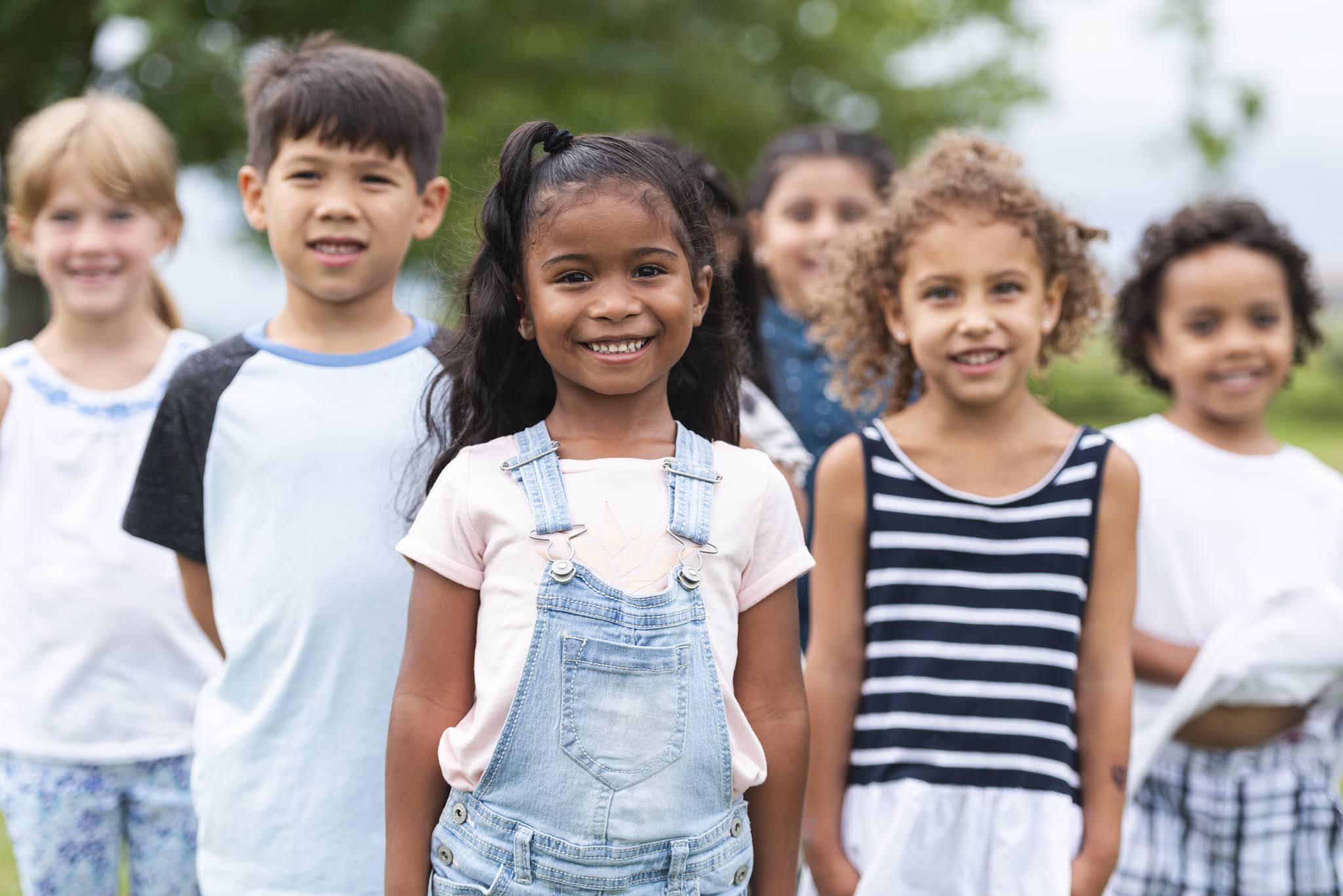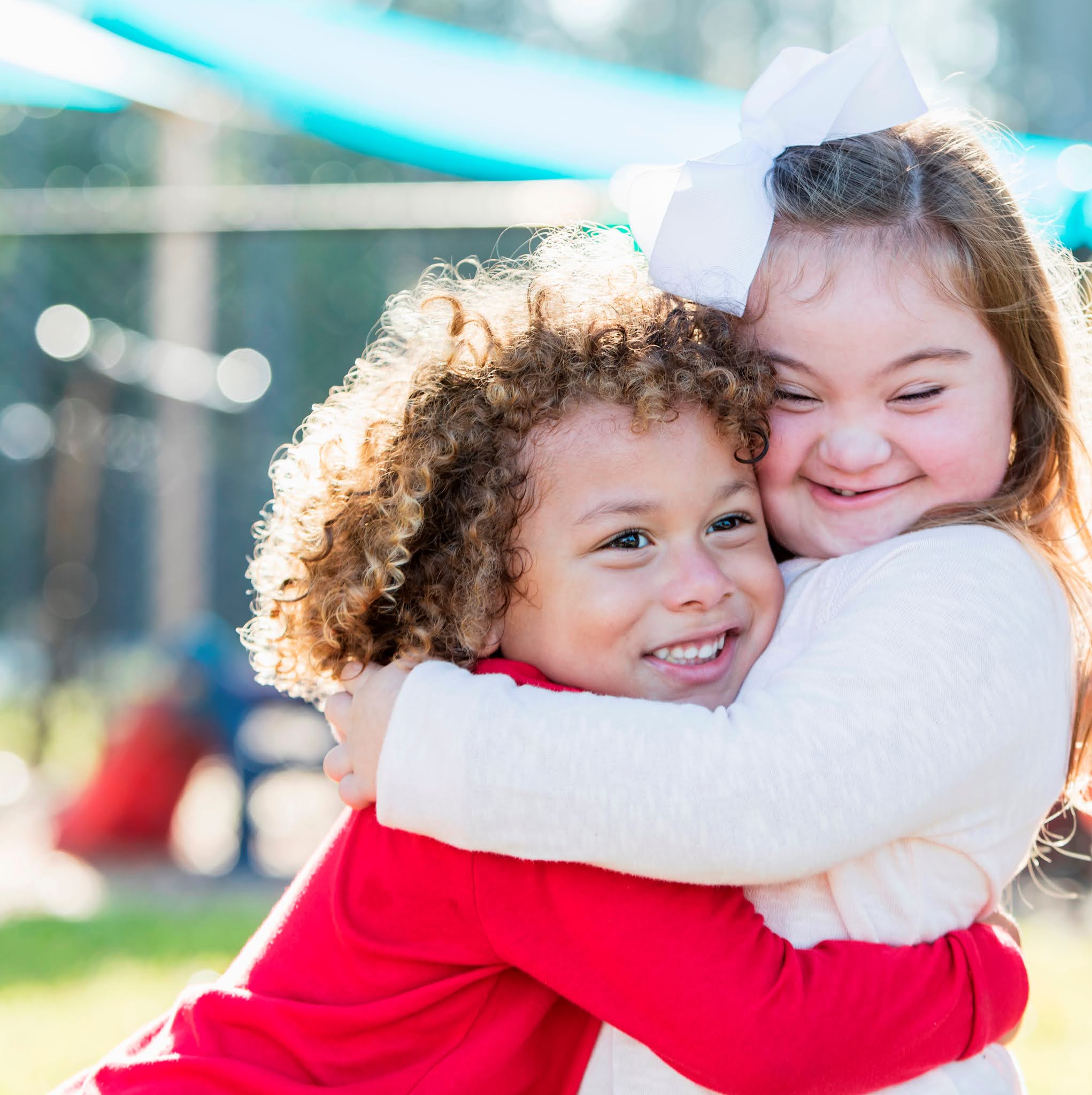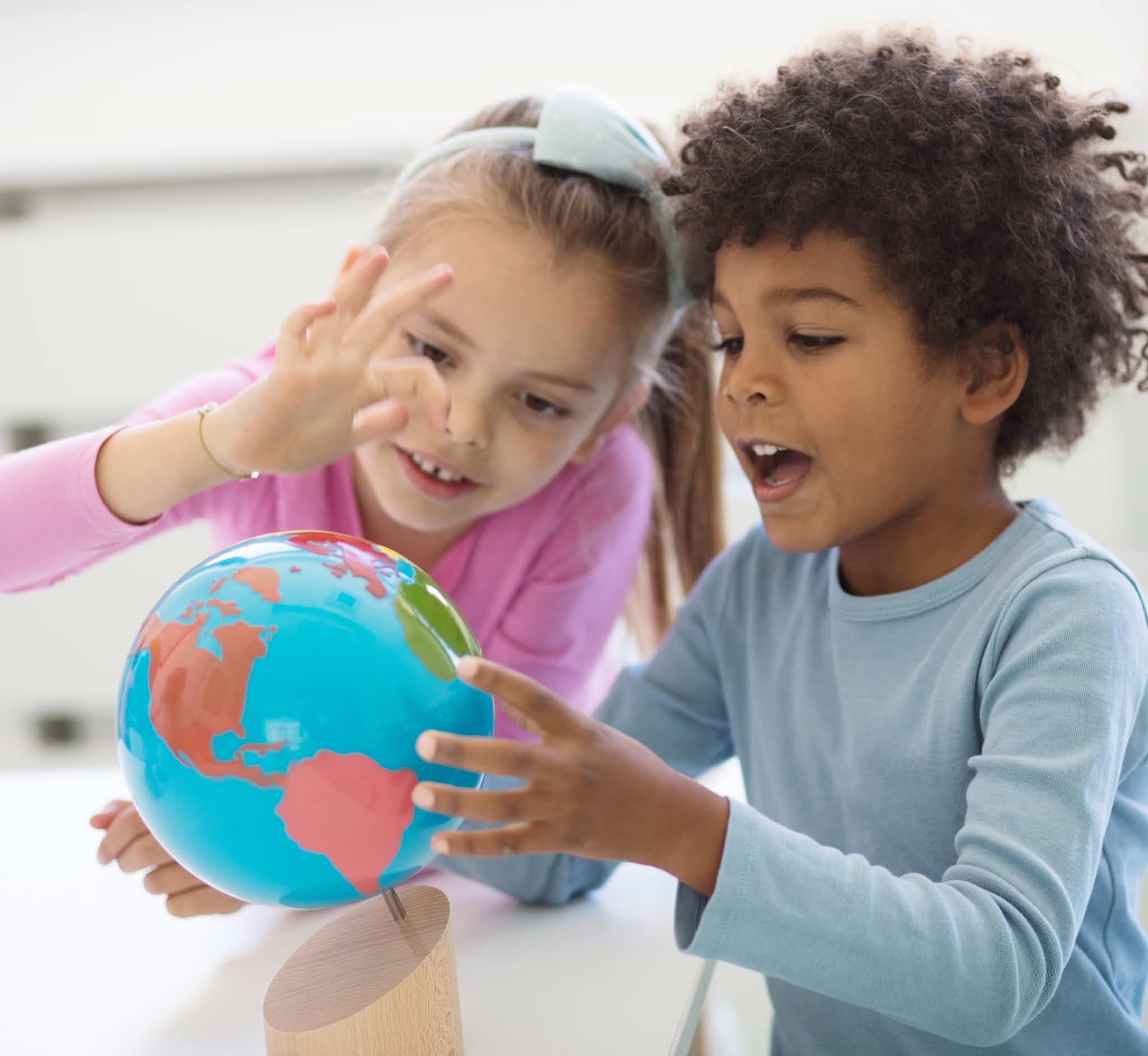
To the young child we give guides to the world and the possibility to explore it through his own free activity; to the older child we must give not the world, but the cosmos and a clear vision of how the cosmic energies act in the creation and maintenance of our globe.
—Maria Montessori
The Formation of Man, p. 6.
The Formation of Man, p. 6.
Building Peace through Cosmic Education
When we think of Montessori’s model for cosmic education, we tend to think only about the second plane of development. After all, this is really where the main discussion about the interdependence of all living things comes to the child’s consciousness. Using the Great Lessons as a catalyst, children are introduced to patterns of universal truths in our past, present, and future. Within these patterns are four common themes:
- The search for our common ancestry.
- The interdependence of all living things.
- That we are diverse, but there is unity in the common needs that we all share as people.
- The concept that everything has a purpose (or in Montessori terms, a cosmic task).
Maria Montessori envisioned a new human, one whose consciousness was raised to a higher sense of unity and awareness.
This is the hope we have – a hope in a new humanity that will come from this new education, an education that is a collaboration of man and the universe that is a help for evolution.
—Maria Montessori
Citizen of the World, p. 50.
Citizen of the World, p. 50.
A survivor of two World Wars, exile, internment, and the beginning of the Korean War, Maria Montessori made it her life’s goal to promote the idea that “Averting war is the work of politicians; establishing peace is the work of education.” (Maria Montessori, Education and Peace p. 24.)
TWe must take man himself, take him with patience and confidence, across all the planes of education. We must put everything before him, the school, culture, religion, the world itself. We must help him to develop within himself that which will make him capable of understanding. It is not merely words, it is a labour of education. This will be a preparation for peace – for peace cannot exist without justice and without men endowed with a strong personality and a strong conscience.
—Maria Montessori
Citizen of the World, p. 38.
Citizen of the World, p. 38.

How do we put these grand ideas into practice? First, we can model behaviors that promote peace and kindness to all. Commonly referred to as the lessons of grace and courtesy, these behaviors can be modeled and practiced across all levels of Montessori programs.
- Infant/Toddlers: Learning to take turns; saying please; thank you; and you’re welcome; showing empathy for others.
- Early Childhood: Continued practice in grace and courtesy; respecting others and the environment; learning about peace by calming one’s body with the Silence Game or through simple conflict resolution, using a peace rose and peace corner.
- Lower Elementary: Continued practice of grace and courtesy (as above) and the introduction of active listening and “I” messages; working towards win/win situations.
- Upper Elementary: Introduction of class meetings and using the elders in the class as moderators in conflict resolution.
In conjunction with learning about and promoting peace comes the need for and understanding of social justice. Montessori teachers begin planting the seeds for understanding social justice early on through the same practices mentioned above. Additionally, social justice in the elementary years focuses on
- the study of global economic geography.
- school service projects
- asking questions such as “What can be done about this situation?”
- looking at the past and thinking about the implications for the future.
- learning and practicing environmental respect and conservation.
- the idea of global citizenship.

Children discover and learn about these ideas through their research and studies of the lessons that are first presented in the Five Great Lessons. It is not through the teacher’s direct teaching methods or views. Knowledge and its long-lasting effects are far stronger when children discover and become aware of the information themselves. There is so much more to cosmic education and peace than surface-level agreement. At its core is the overwhelming idea that we must all work together to attain peace and prepare our children to be stewards of the planet.
Learn more about Cosmic Education and Peace in NAMC's Montessori Curriculum and Montessori Diploma Programs!
As much as possible, NAMC’s web blog reflects the Montessori curriculum as provided in its teacher training programs. We realize and respect that Montessori schools are unique and may vary their schedules and offerings in accordance with the needs of their individual communities. We hope that our readers will find our articles useful and inspiring as a contribution to the global Montessori community.
© North American Montessori Center - originally posted in its entirety at Montessori Teacher Training on Friday, November 26, 2021.
© North American Montessori Center - originally posted in its entirety at Montessori Teacher Training on Friday, November 26, 2021.

0 comments:
Post a Comment
Have questions or comments? Let us know what you thought about this article!
We appreciate feedback and love to discuss with our readers further.